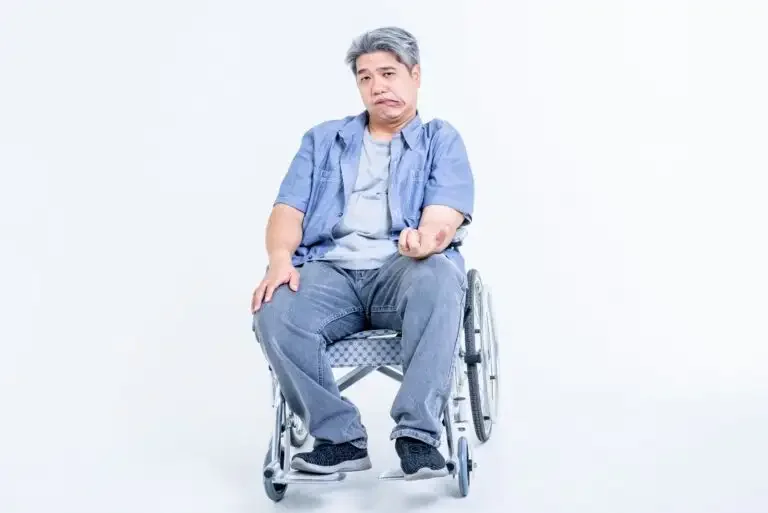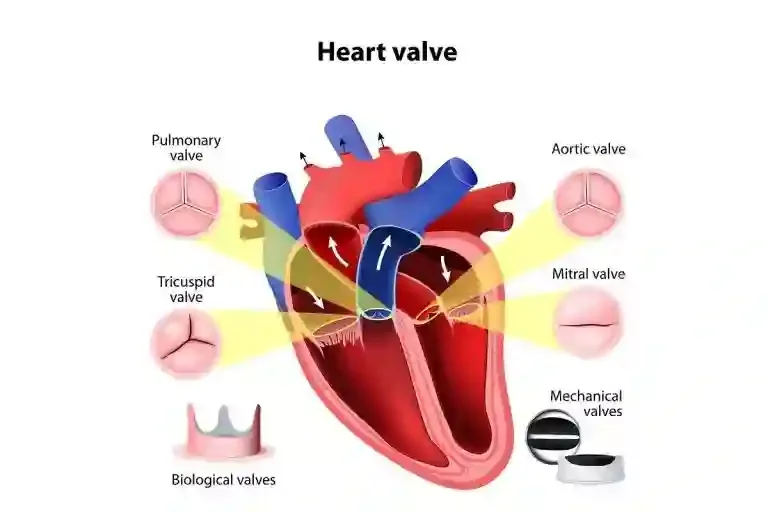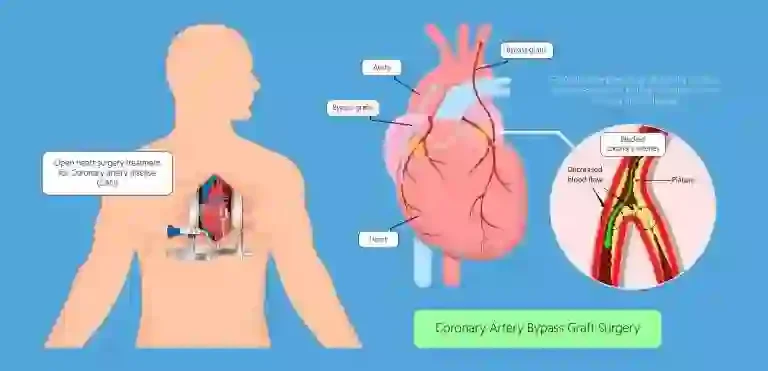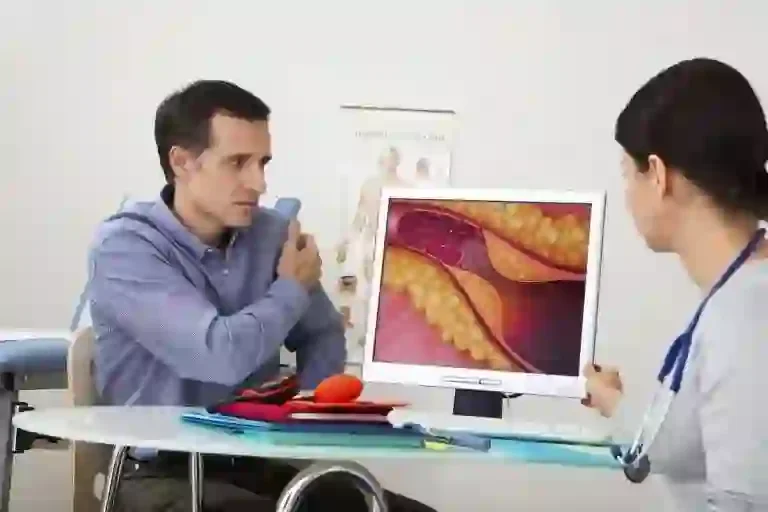What is a Stroke?
One of the most prevalent conditions among all neurological disorders is brain stroke. A stroke occurs when blood flow to part of the brain is interrupted or reduced, depriving brain tissue of oxygen and nutrients. This condition typically affects the elderly, but it has recently started to impact younger people as well. The risk factors associated with a stroke include high blood pressure, diabetes, cardiovascular disease, smoking, and alcohol consumption.
Stroke Symptoms
The importance of time needs to be understood when symptoms of a stroke start or if you think that you or someone you know has suffered a stroke. Early intervention following a stroke is necessary for timely management. The following are stroke symptoms:
- Arm, leg, or facial numbness, weakness, or paralysis. Usually, just one side of the body is impacted by this. Additionally, when attempting to smile, one side of the lips may droop.
- Difficulty communicating and comprehending people. A stroke sufferer could slur words, feel disoriented, or lose their ability to comprehend spoken words.
- A sudden, excruciating headache might be a sign of a stroke. Along with the headache, nausea, vertigo, and unconsciousness are possible side effects.
- One or both of the person’s eyes may suddenly become blacked out or blurry. Or they might perceive two things.
- Walking difficulties, dizziness, unsteadiness, or lack of coordination.
Causes of Stroke
Hemorrhagic and ischemic strokes are the two main types of strokes, with distinct causes of stroke and effects on the brain.
Ischemic strokes – Usually, blood clots cause ischemic strokes, which can be triggered by various factors, including:
- Abnormalities in the heart (ventricular or atrial septal defects).
- Microvascular ischemia, a condition where your brain’s tiny blood capillaries get blocked.
- Atherosclerosis.
- Clotting disorders.
- Atrial fibrillation, particularly in cases when sleep apnea is the cause.
Hemorrhagic strokes – Compared to ischemic strokes, hemorrhagic strokes are less common. They occur when a blood artery within the skull ruptures, leading to blood seeping into and around the brain. Hemorrhagic strokes can also be caused by various factors, including:
- High blood pressure, particularly if it’s really high, persistent, or both
- Diseases like moyamoya disease can weaken blood vessel strength or result in strange alterations in the brain.
- Sometimes, hemorrhagic strokes are caused by brain aneurysms.
- Cancer and other brain tumours.
The risk of stroke can also be influenced by several other diseases and factors. These include:
- Alcohol use disorder
- High blood pressure
- Type 2 diabetes
- Smoking and other forms of tobacco use
- Drug abuse, encompassing both prescription and over-the-counter medications
- Migraine headaches
- High cholesterol
Stroke Treatment
The course of therapy for an emergency stroke varies depending on whether it is hemorrhagic or ischemic.
Ischemic Stroke
The brain’s blood flow needs to be promptly restored in order to treat an ischemic stroke. This might be done using:
- Emergency IV medicine: It is essential to administer intravenous (IV) medication within 4.5 hours of the onset of symptoms to break up clots. This medication works by dissolving the blood clot responsible for the stroke, restoring normal blood flow.
- Emergency endovascular procedures: Sometimes, ischemic strokes are treated right inside the clogged blood artery by medical specialists. After an ischemic stroke, endovascular treatment has been demonstrated to enhance results and lessen long-term impairment.
- Carotid endarterectomy: The blood vessels supplying blood to the brain on either side of the neck are known as carotid arteries. Removing the plaque blocking a carotid artery through this procedure can reduce the risk of an ischemic stroke.
- Angioplasty and stents: During an angioplasty, the surgeon utilises a groyne artery to thread a catheter to the carotid arteries. Following this, the narrowed artery is expanded by inflating a balloon. To maintain the openness of the artery, a stent can then be implanted.
Hemorrhagic Stroke
The goal of emergency treatment for hemorrhagic stroke is to stop the bleeding as soon as possible and lower the pressure that extra fluid is putting on the brain. If the stroke was caused by an aneurysm, arteriovenous malformation (AVM), or other blood vessel disease, your doctor may suggest one of these procedures:
- Surgical clipping: In order to cut off blood flow to an aneurysm, a surgeon inserts a small clamp near its base.
- Endovascular embolization or Coiling: A catheter is guided to the brain by being inserted into an artery in the groyne. The surgeon fills the aneurysm by placing small coils into it using the catheter. This process causes blood clots, preventing blood flow into the aneurysm.
- Stereotactic radiosurgery: Multiple highly concentrated radiation beams are used during this procedure to fix blood vessel abnormalities.
Even today, there is not enough awareness in our society about stroke. Most important thing is to recognize the symptoms. Accurate and early detection of symptoms helps the patient to get early treatment and consequently reduces the risk of permanent disability. For this, we ask everyone to remember the formula of “BE FAST”. B stands for Balance, E stands for Eye, F stands for Face, A stands for Arm, S stands for Speech and T stands for Time. Always remember that a stroke is a sudden onset of paralysis, which is recognized by the sudden loss of balance, squinting of the eyes, crookedness of the face, loss of strength in the limbs, and difficulty in speaking. When the blood supply to the brain is disrupted for some reason brain cells do not get enough oxygen supply through the blood, as a result, these cells start to die (almost 36,000 neurons die every second) and this affects the functioning of the body. This condition is called a stroke.
The most important thing in this situation is “Time”. Such patients should be immediately rushed to a hospital where CT scans, MRI facility, and Neurologists are available within the first 4 ½ hours of symptoms got noticed. This 4 ½ hour period is called the ‘Golden Hour’, during which if the patient receives immediate and appropriate treatment, the effect of stroke can be prevented which results in the preservation of brain cells. In medical terminology, there is a saying ‘Time is a neuron’. In a stroke, time is a neuron. Failure to do so may possibly make the patient permanently disabled.
If the patient arrives at the hospital within 4 ½ hours, he/she can be diagnosed and can be given a TPA injection, which dissolves the clot & improves the blood supply to the affected part of the brain. This is called thrombolysis. Before giving this medicine, the doctor makes sure that there is no bleeding in the brain. Sometimes within six to twelve hours, a test called DSA (Digital Subtraction Angiography) can accurately identify a blockage in a blood vessel and the blockage can be removed by a ‘Mechanical Thrombectomy’ procedure.
At Wockhardt Hospital, Nashik, we have implemented a ‘Code White’ system for immediate treatment of paralyzed patients. In this, the paralyzed patient is thrombolysis with a proper diagnosis within 30 minutes of admission to the hospital. For this, Neurologists, Radiology Technicians, Nursing supervisors, and Pharmacists all come together immediately and TPA injections are made available just as quickly. Due to all these measures, numerous paralyzed patients have survived at Wockhardt Hospital, Nashik, and are doing well.
In the end, all I can say is that by accurately identify the symptoms of a stroke and move the patient to the hospital within four and a half hours without fear in such a situation, the rest of the patient’s life will surely be happy. Thanks!
Dr. Vishal Sawale Patil
MD, DM (Neurology)Consultant – Neurology
Wockhardt Hospitals Nashik
For Appointment, Call – 02536624444
FAQs on Stroke
Q. What happens after stroke?
A stroke can alter your thoughts, memories, and senses, including hearing, seeing, and the perception of the environment. Different degrees of physical and cognitive disability, such as weakness, paralysis, difficulty speaking, and memory loss, can occur after a stroke.
Q. Can stroke be cured?
Q. Can I be normal again after stroke?
Q. What are good signs after a stroke?
Q. What are the 7 stages after a stroke?
- Stage 1: Flaccidity Stage
- Stage 2: Spasticity Appears
- Stage 3: Increased Spasticity
- Stage 4: Decreased Spasticity
- Stage 5: Complex Movement Combinations
- Stage 6: Spasticity Disappears
- Stage 7: Normal Function Returns












